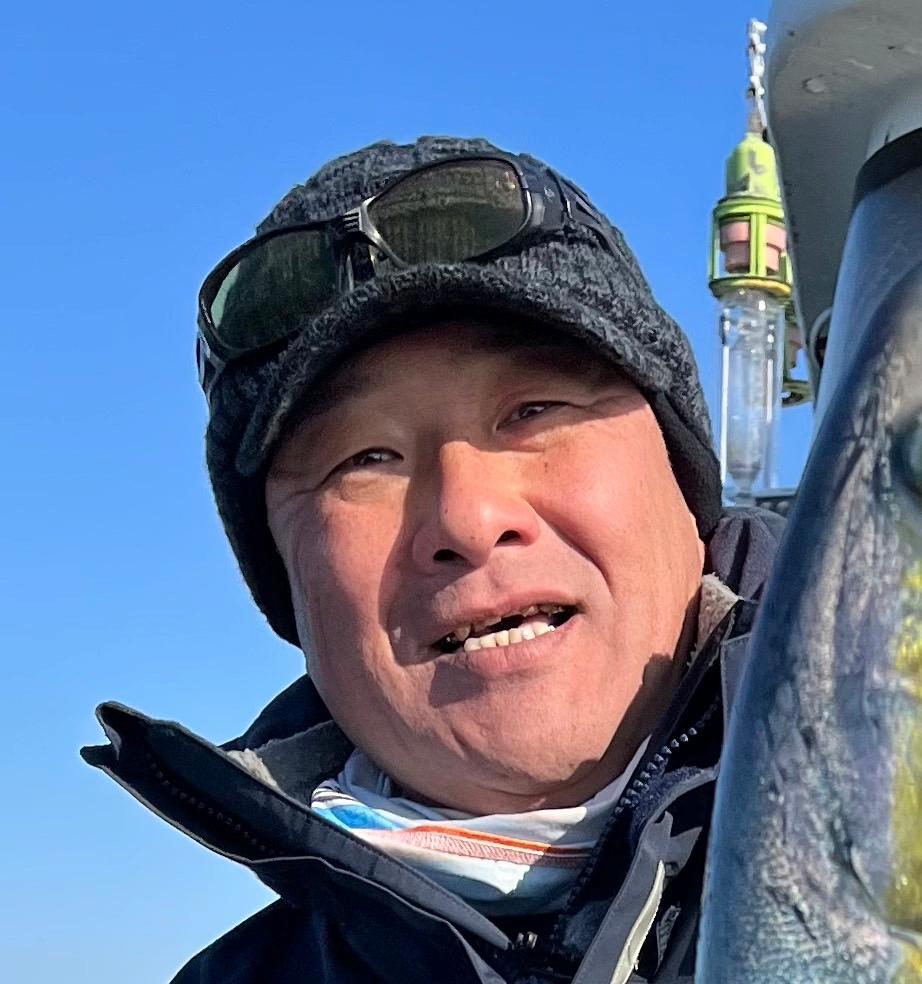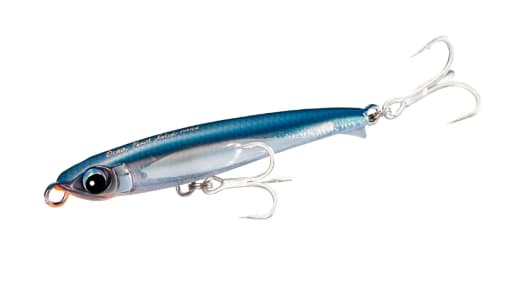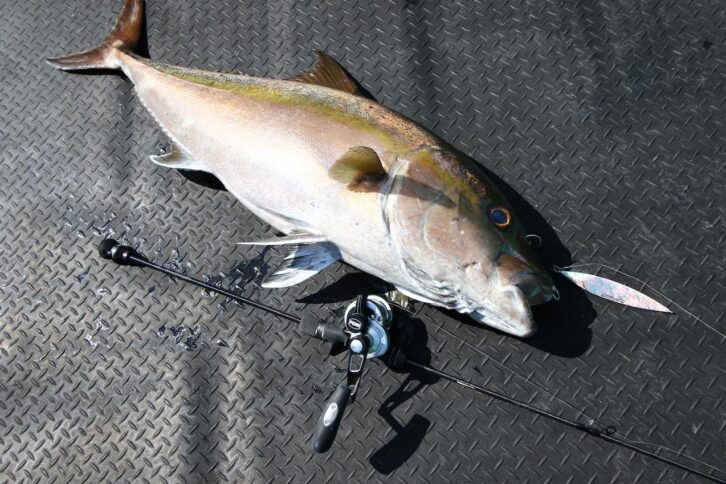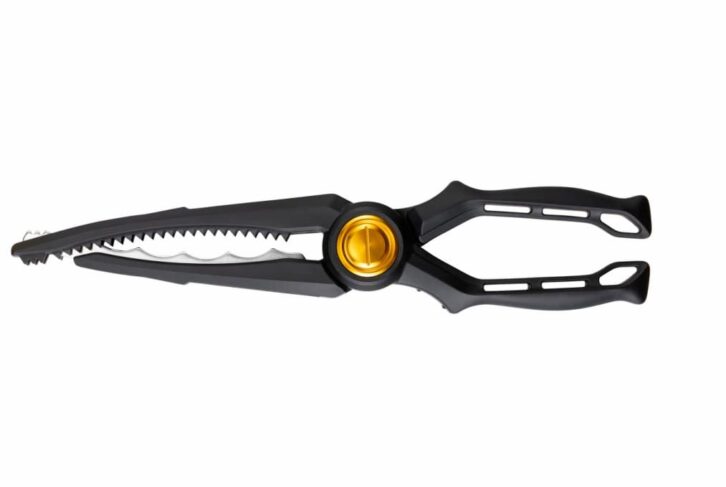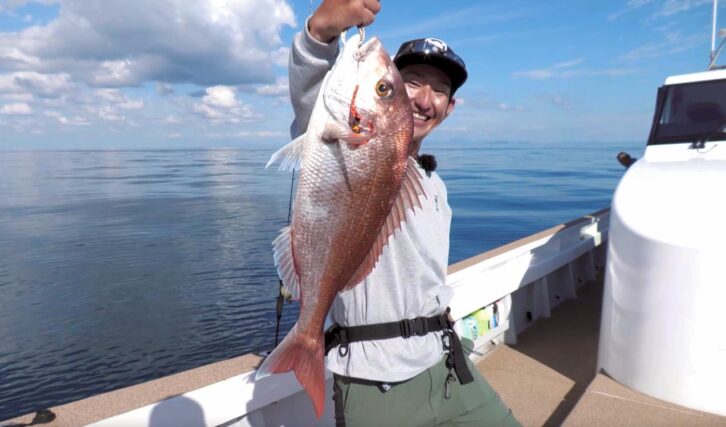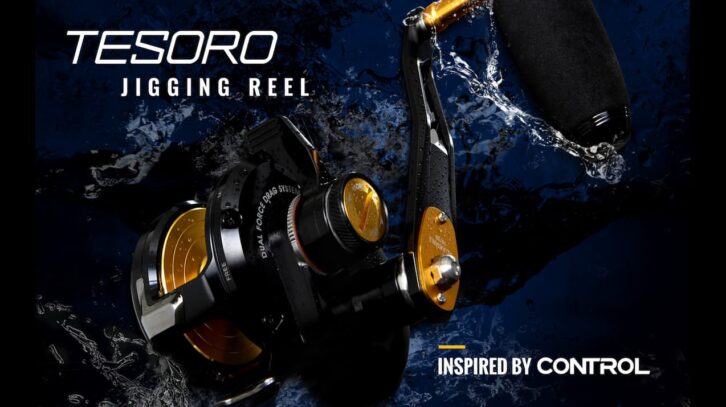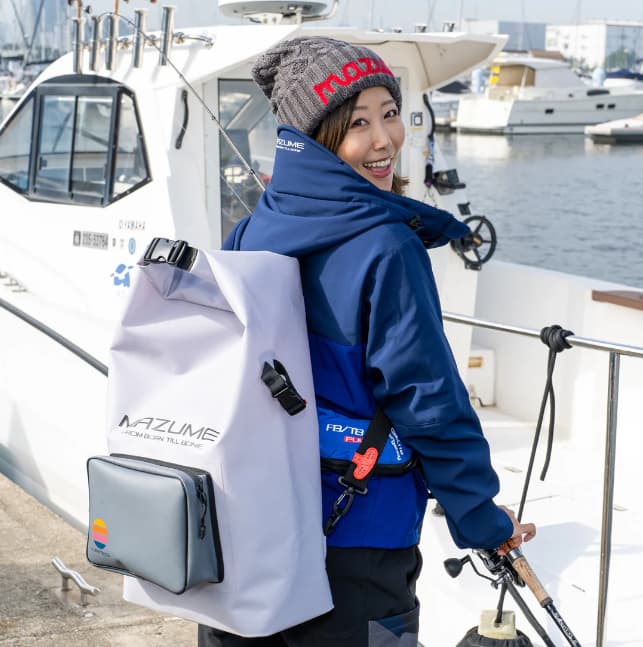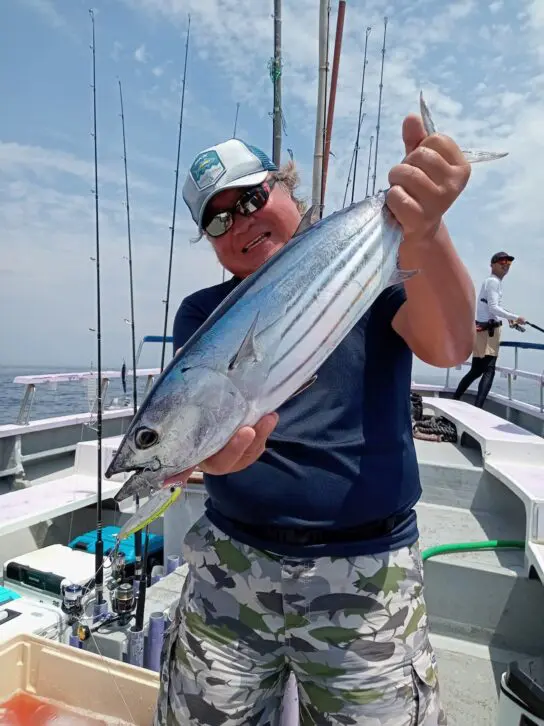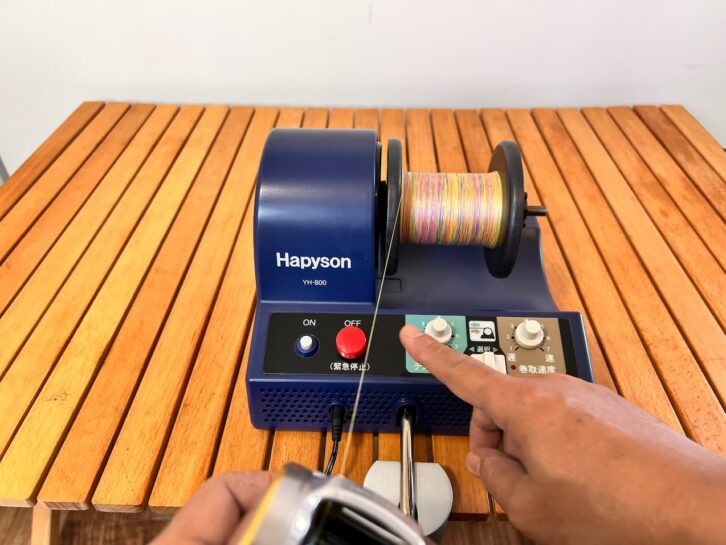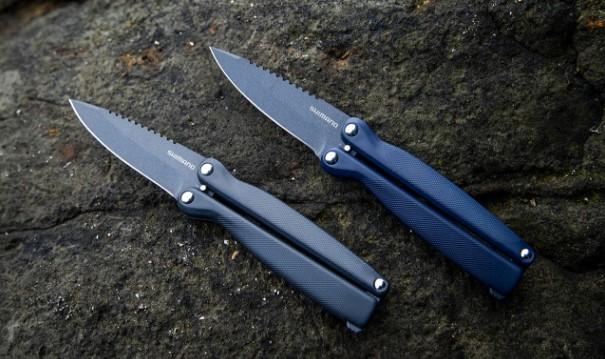Serialization: Kei Hiramatsu's Offshore World vol.23
Offshore Actual Fishing. Jigging for bluefish off the southern coast of Izu in autumn. Encountering good-sized greater amberjack
We headed for Ajiro Port in Atami City, Shizuoka Prefecture, just as the intense summer heat was beginning to settle down and the smell of fragrant fragrant rhinoceros trees was beginning to spread over the city. We were once again under the care of Moriryu Maru, our home base for the past 20 years, and were looking forward to enjoying the autumn bluefish fishing off the southern coast of Izu. In mid-October, we went jigging and casting when we had the chance, hoping to see how the autumn offshore fishing would be this year. I would like to tell you how it is this time.
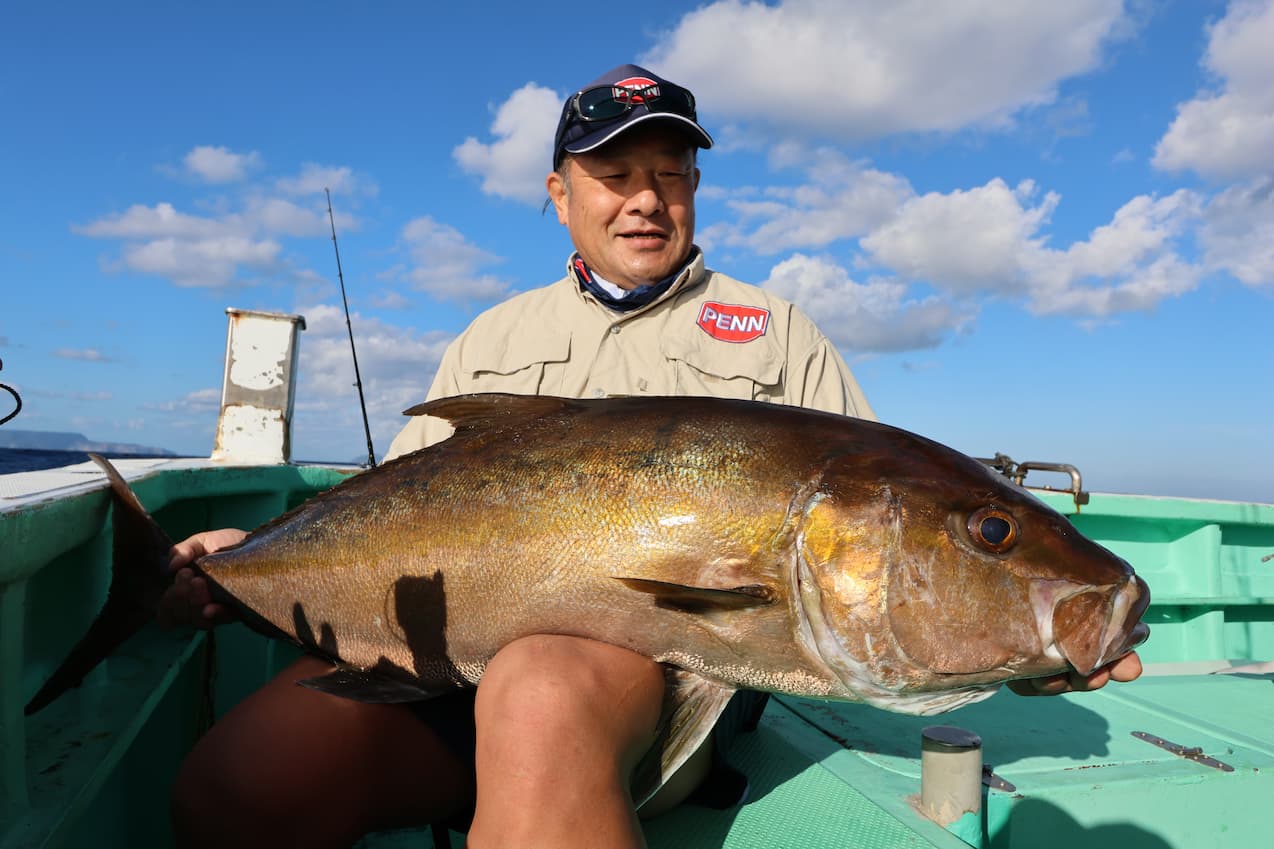
INDEX
How to predict October in autumn and how to develop the game?
This summer was hot again, and even in September, the temperature exceeded 30 degrees Celsius, making our bodies tired. This is common to both anglers and non-fishermen alike, as temperatures are rising on a global scale compared to 10 years ago. This has naturally affected not only our living environment but also the natural environment of the sea. I have been feeling this year after year, so when I was preparing my tackle, I thought about how I would set up my fishing tackle for this year’s Izu Minami Offshore. For casting, I set up with an eye on yellowfin tuna and returning bonito, which are doing well in Sagami Bay. For jigging, I wondered whether I should fish widely in autumn, or focus on the bottom, where the summer conditions will continue for a while longer. Jigging must be prepared for both styles in order to be able to respond flexibly on site. I assumed both styles of jigging: the style of searching widely with “line action” and the style of persistently aiming at the bottom with “point action.

This fishing trip was timed to coincide with the transition from summer to autumn. Will the high water temperatures of summer produce a bottom-bound response, or will the fall conditions produce a widespread response? We were to challenge ourselves by anticipating various situations, such as whether or not there would be casting opportunities.
This time, we were allowed to book aboard the Moriryu Maru at Ajiro Port for two days in a row. In the case of unstable winds and difficult fishing conditions off the south coast of Izu, we wanted to be sure to get the best results. I have fished the Izu Minami Offshore area many times, and while it is a fascinating field for me, it is also a field that is not always straightforward. It is not easy to say, “Yes, I caught it. But that is the fun of Izu Minami Offshore. It takes less than three hours from the center of Tokyo. It takes only 2 hours from Ajiro Port to the south offshore. There, you can enjoy jigging for big fish. You can chase after the fish that come out on top. That’s why I feel that the field is worth continuing to visit.
The Moriryu Maru is also known as a popular boat not only for lure fishing, but also for swimming fishing. Because the boat is so popular, many anglers come to compete with each other for the best fishing techniques. Captain Morino gave us many hints on how to catch fish in the swim. He consistently catches huge migratory fish such as tuna and marlin, as well as bluefish (especially sunfish). I had a few questions when I saw the results of his fishing on SNS. I was wondering what kind of techniques are needed to catch them at the range they are targeting. Live bait and metal jigs. I always use the latter, but there are some hidden hints to catch fish. The range of the fish in swimming fishing. I started fishing with what Captain Morino taught me about this, and I combined it with the metal jig operation.
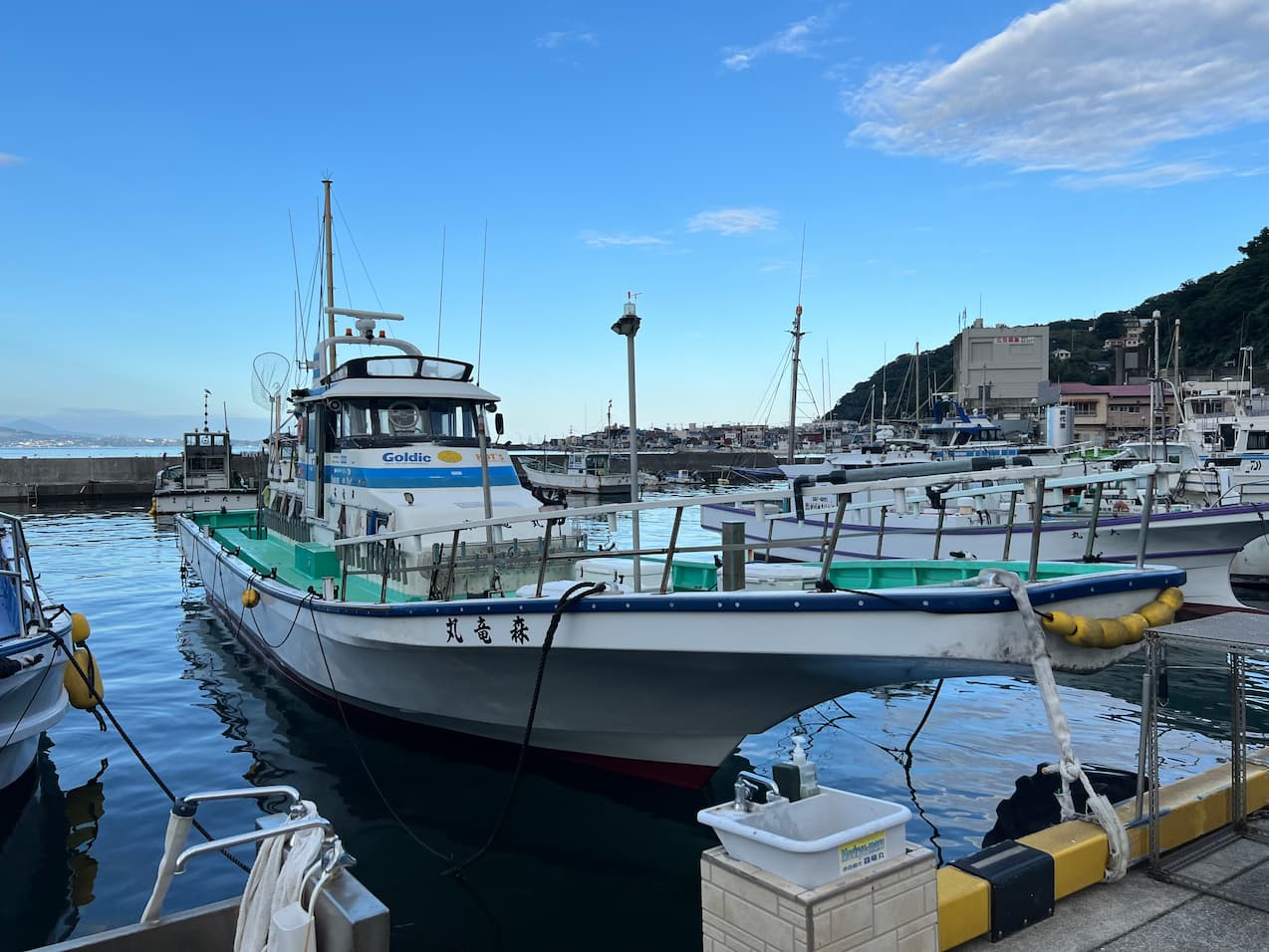
The Moriryu Maru is popular as a swimming boat. The day before our fishing trip, we had already caught a marlin, a yellowfin tuna, and a good-sized sunfish. We set sail with high expectations. It took about 2 hours from Ajiro Port to Izu Minami Offshore. During the trip, we can lie down and rest slowly.

Upon arrival, we take a look at the underwater conditions. Is it a summer sea or an autumn sea? How is the tide?
How to aim at jigging off the southern coast of Izu.
It was 6:00 in the morning when we arrived at the point. Looking around, there was no sign of birds. The surface of the water was calm, and we decided to leave the casting game for the moment. I took a jigging rod in my hand and took my fishing seat. We started fishing at a depth of around 80 meters. Captain Morino announced, “Let’s start with those who are ready. The depth was 79 meters.
I started to cast a metal jig Gummy 200g, the size I usually cast first no matter what the conditions are. It is because it is easy to grasp the current and the situation. Then I adjust the jig waist, change the shape of the jig, and think about how to target the fish based on what I feel when I try to manipulate this jig. The jig falls as if tangled with the tide.
The tackle was a Penn Slammer 63M rod with a Penn Authority 6500HS reel, spooled with Sunline X8 Infinidib #4 and a 50lb Tsunagito leader. The jig was falling down comfortably.
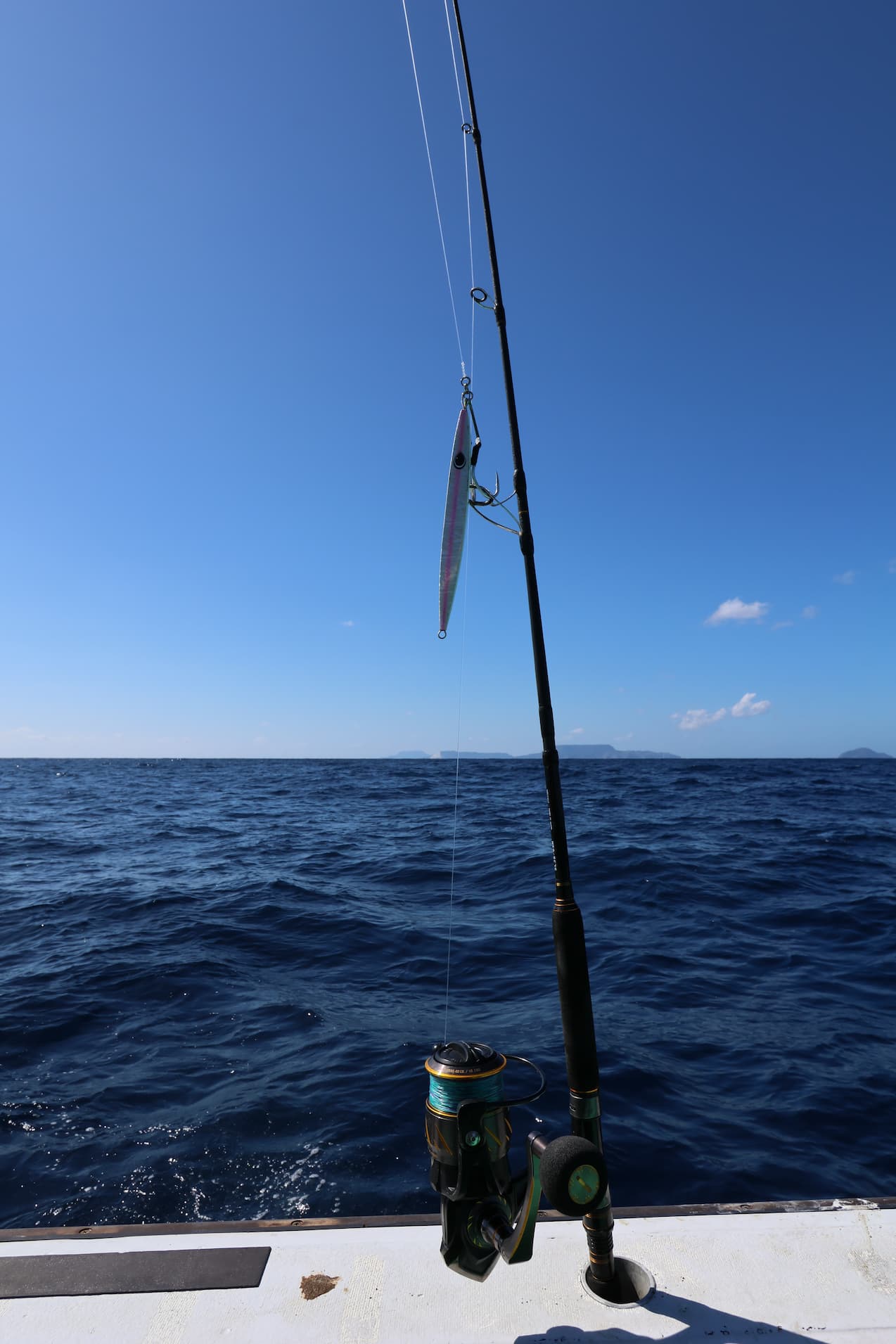
The tackle used was the 63M Slammer Jigging Rod, which he supervised, a tip-tip rod that can be used to firmly control jigs. Of course, it also has butt power to catch large sunfish and kampachi.
The style of targeting sunfish using the swimming method I heard about in the morning is stuck in my head. I was thinking about range (layer) awareness in my own way. The depth was 80 meters, and the bait was around 10 meters from the bottom. The Gummy 200g arrived at the bottom, and I started to feel the tidal current and the metal jig in one pitch to see what was going on. The bottom tide is moving. However, when the jig is pulled up to 40 meters (halfway up), a different resistance is felt on the jig. The bottom tide was moving, but we could tell from the rod that the tide was not moving much in the middle layer.
Captain Morino quickly changed the point, moving from 70m to 80m. Small greater amberjack and hiramasa were caught continuously on the myosi side. I concentrated on jig operation in the situation where bluefish were picked up in the morning sink. Captain Morino brought the boat into the point while changing the angle at the rapids where Toshima and Niijima could be seen ahead.
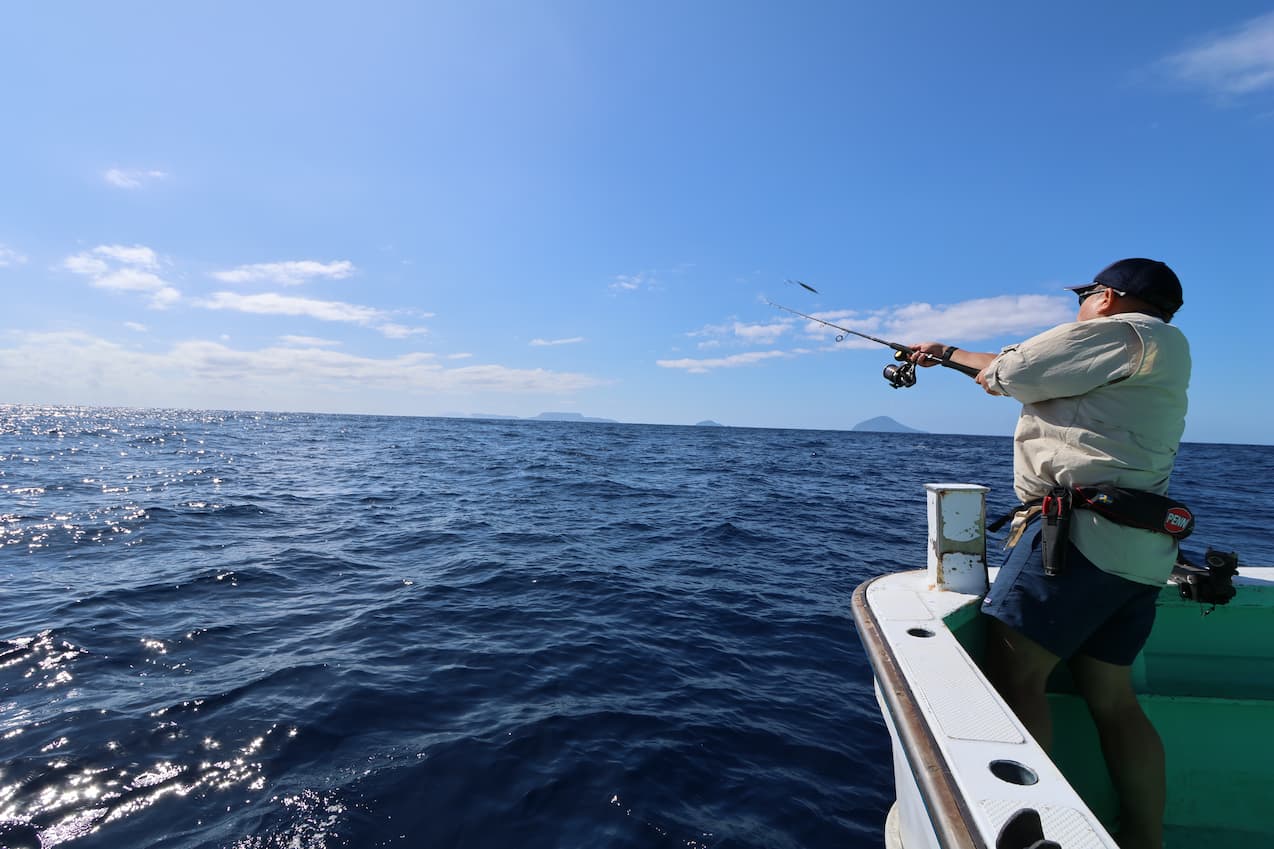
I cast the jig above the tide and explored. When he reached the bottom, he bounced the rod up and down to stimulate the target. The jig then makes a hovering motion, creating a pause for predation.
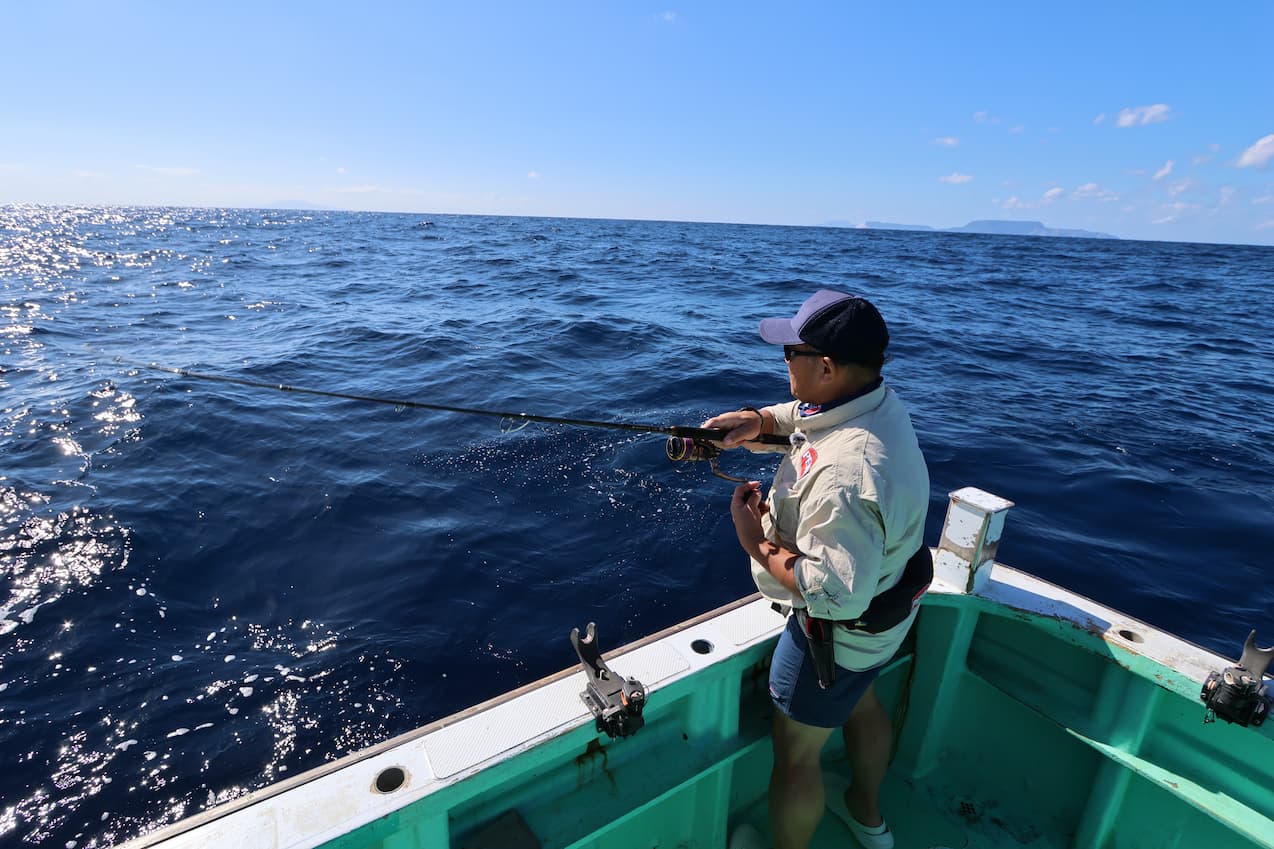
Slammer jigging rods are built with a taut belly that allows the jig to move in a big way. This movement produces an escaping bait right in front of the target.
We re-entered the 90-meter point, and shook the Gummy 200g. The jig lands on the bottom, and the angler makes the first impact on the jig while collecting the line slack. After confirming the hovering movement of the jig, he again puts in an impact squirt, and the jig hover again. At this time, what you are aware of is the bluefish that seem to be below rather than the bait reaction. The bluefish are targeting the bait on the tide around the bottom where there is good tidal flow. Bait does not want to enter a tide that is not in good condition. Bait are fish too. It is natural for them to stick to the layers where the environment is good. With this in mind, we decided to target the bottom area thoroughly. Then, 30 minutes after the start, I got the first bite.

The layer where baits are located is around the bottom. When I bounced the jig up firmly to lure the fish, a strong bite came suddenly.
A must pattern in Hiramatsu’s style.
I hovered the Gummy 200g. The fish was in a horizontal position as if riding the tide, and slowly falling down from the head. I lured it twice with similar poses. When I made the next move, I got a strong bite.
The Authority 6500HS made a loud drag sound and controlled the run at the same time. Obviously, it was big. I knew this immediately. The pull was so strong that I trusted the drag and supported the rod. The other anglers around me told the captain that the fish was huge, and he instructed the other anglers to raise the jig. The fish was almost 20 meters of line on the spool from the 90-meter layer. I tried to apply as little rod vent pressure as possible and let the fish run with only drag tension. The line ran at an angle that was clearly different from the angle I was shaking it at. I adjusted the tip of the rod to that angle and let the fish run. Then, when I saw that the running power had decreased a little, I used the rod power to lift the fish.

It’s a sharp first run, but I trust the Authority’s drag to handle it. The Authority is a rugged, highly durable model and is equipped with the trusted Shield Slammer drag. Use the full drag capability to get by unhurriedly and weaken your opponent.
The angler continues to fight, retrieving the line that is put out while lifting. The fish is pulled in and run over, and the tension is kept up by the tension-relaxing exchanges. I could see it. There was no doubt that a bluefish was running. Was it a sunfish or a greater amberjack? I was thinking about it as we fought carefully through the exchange. It’s a kampachi,” someone said.
I have been fishing off the southern coast of Izu many times, but this was the first time I saw a kampachi of this size. Captain Morino came out of the cabin and held a net. When I tried to pull the floating kanpachi to the edge of the boat, the hook came off. However, the fish was still afloat, and without panicking, I scooped it up with the net and successfully caught it.
It must have weighed 20 kg,” I honestly thought. It was a thick, good-sized greater amberjack. It had been a long time since I caught a fish of this size. It was the first size in Japan, and the first size off the southern coast of Izu, which is my home ground. It was just before we returned to the port that I was so happy to have caught it. In targeting this fish, I gave thorough thought to range awareness. I thought that the sea had not yet changed from summer to fall. I also got some hints from the technique of targeting sunfish using the swimming method, which helped me to be aware of the range. I was thrilled with the one fish I caught after analyzing the range (layer) at which the target I wanted to catch was feeding at this time of the year.

Using a rod and reel he was familiar with, he read the underwater conditions, targeted the fish he wanted to catch, got a hit, and caught the fish. It was the largest fish I had ever caught in these waters. I was very happy to catch it.
We fished off the southern coast of Izu for two days. On the first day, we fished with a lure boat, and on the second day, we fished with a boat for swimming. We enjoyed jigging with different styles of currents. On the first day, we caught a 18.05 kg greater amberjack, and other than that, we didn’t catch any Spanish mackerel or bigeye tuna, but we learned a lot from the trip. I learned a lot about fishing techniques and fishing methods for catching yellowfin tuna, greater amberjack, and yellowfin tuna by swimming with the same boat. This time, we fished in the sea in the summer when it had not yet turned into autumn. Next time, I would like to fish in late fall and early winter.
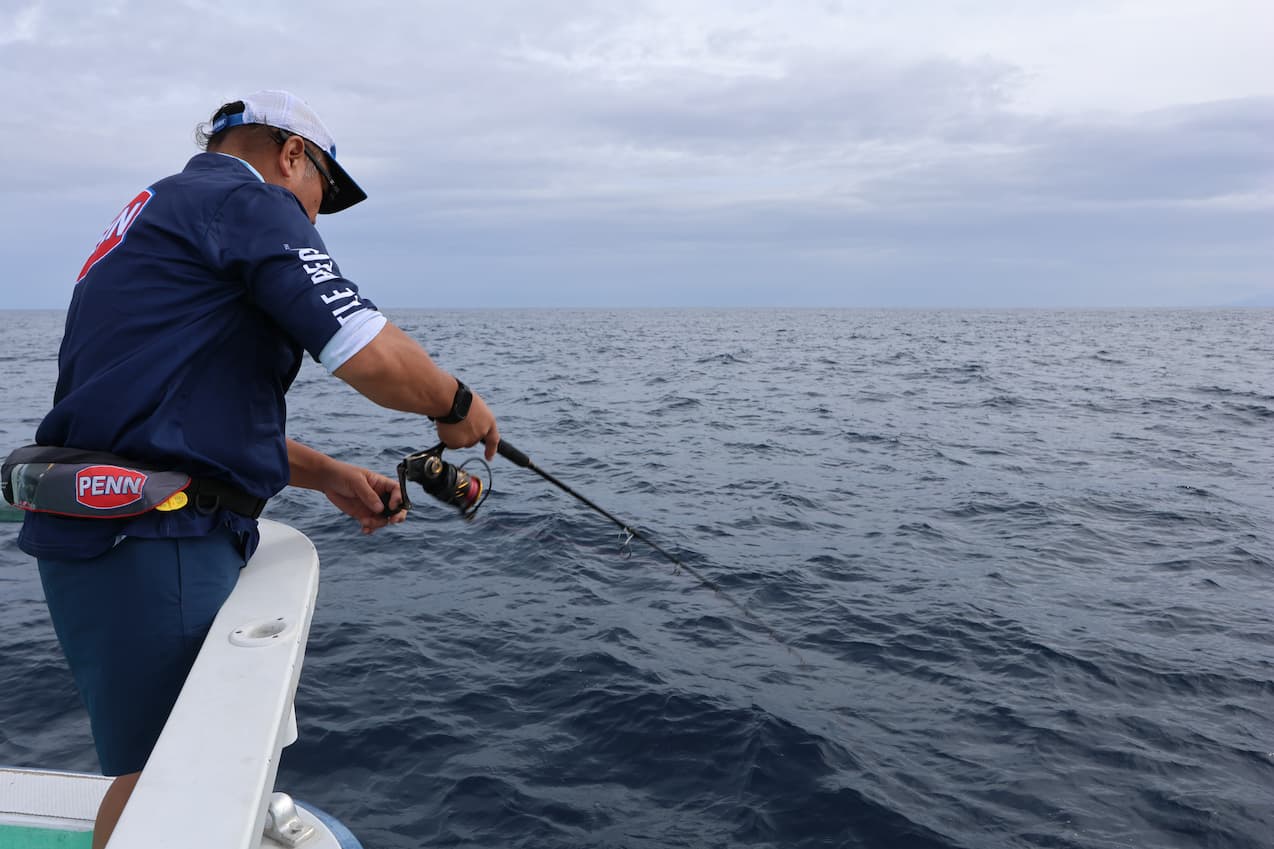
On the second day, I was on the same boat with a customer who swim fished. On this day, too, there was no sign of fish at the top, so we just jigged and searched the bottom to 20m layer.
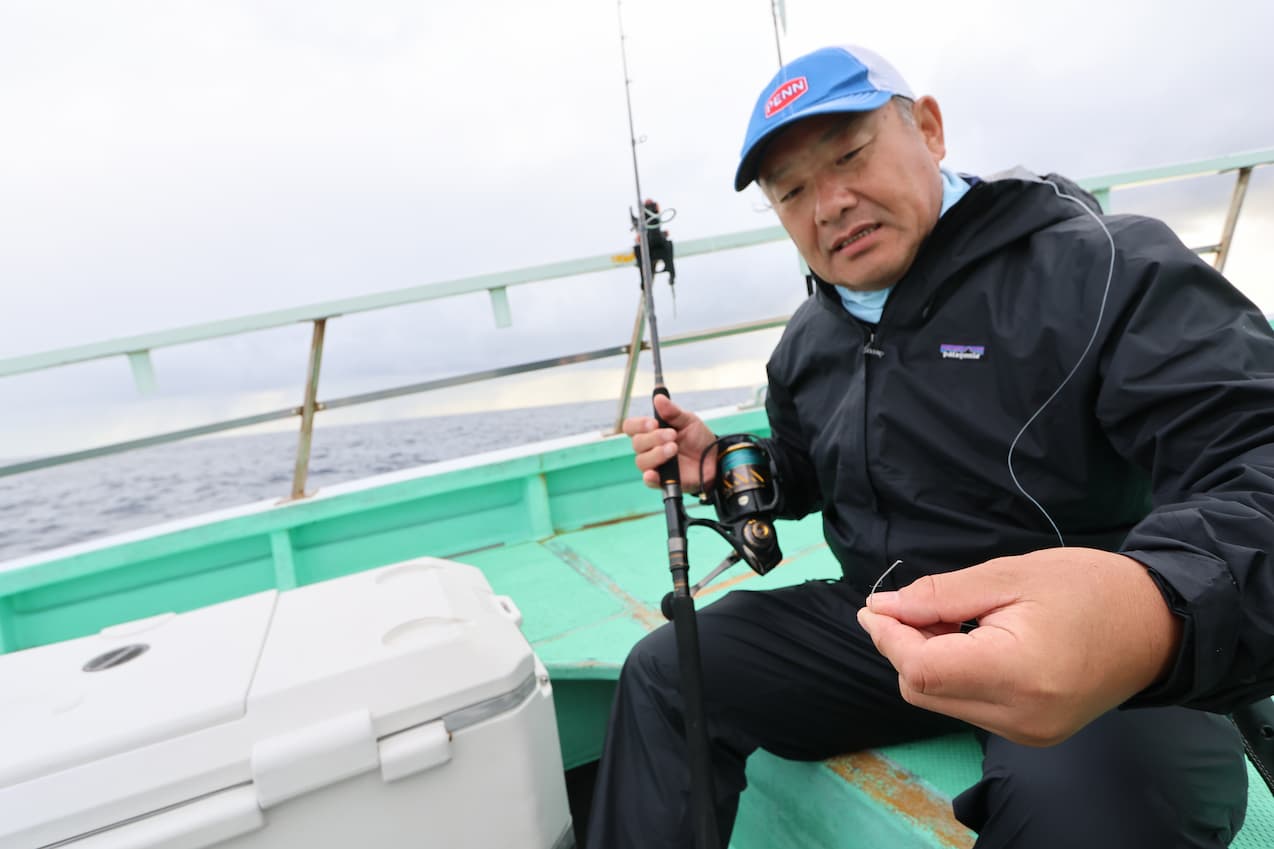
On the second day, offshore Spanish mackerel, which were not present on the first day, migrated. Jigs were scratched and lines broke on the fall. The same boat’s anglers were also noticing many breaks caused by Spanish mackerel. It is not so easy to catch big targets off the southern coast of Izu. That is why we continue to challenge ourselves.
Casting tackle (model supervised by Kei Hiramatsu)
Rod: PENN Slammer PHSS-71M, PHSS-71LMH
Reel: PENN Authority 8500HS
PENN Slammer DX 8500
Line & Leader: Sunline X8 Full Contact #8 & Nylon shock leader 130lb
Lure: Legrand Tango 190
Jigging Tackle
Rod: PENN Slammer SLJS-63M, 63ML
Reel: PENN Authority 6500HS
Line & Leader: Sunline Infinitive X8 #4 + Tunagito 50lb
Lure: K-FLAT Gummy 200g-310g, Gummy-fat 250g
KEI Jig 235g KEI Jig Sharp 260g
Hook & Parts: Owner Hyper Wire #7
Solid Ring 6.5mm JS-39 Blue Chaser 11/0
Polarized Lens: Glenfield ZEQUE “STELTH
Izu Ajiro Port Moriryu Maru
Captain Takio Morino
https://www.moriryumaru.com/
Kei Hiramatsu facebook
https://www.facebook.com/hiramatsu.kei.1
X(Twitter)
@keitanhiramatsu
YouTube
Kei Hiramatsu channel


